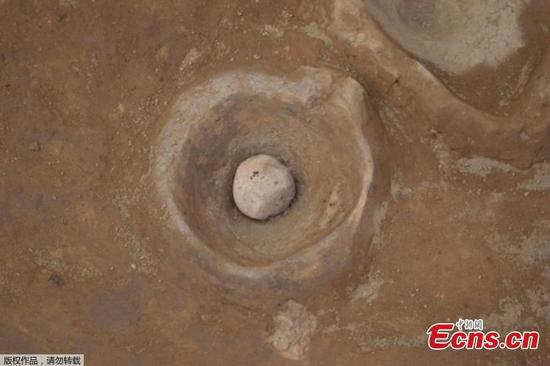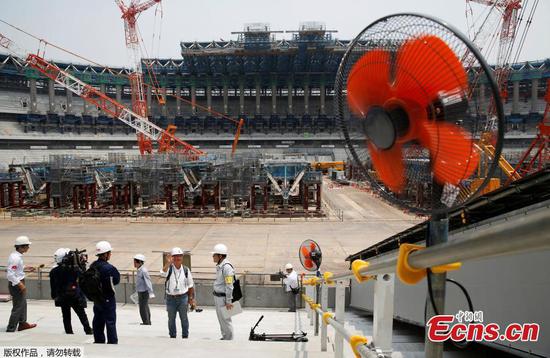
Tourists enjoy lotus at the Nanhu Park in Tangshan, north China's Hebei Province, July 18, 2018. (Xinhua/Yang Shiyao)
China's action plan on air pollution prevention and control has generated great health benefits, according to a recent research.
China issued the Air Pollution Prevention and Control Action Plan in 2013 and accomplished all the major tasks set out in the action plan last year.
Researchers from Peking University's School of Public Health analyzed national air quality monitoring and mortality data to estimate the health impact of air pollution control in 74 Chinese cities from 2013 to 2017.
The result showed that annual average concentrations of PM2.5, PM 10 and sulfur dioxide dropped by 33.3 percent, 27.8 percent, and 54.1 percent, respectively, in the 74 cities between 2013 and 2017.
In 2017, there were 47,000 fewer deaths and 710,000 fewer years of life lost attributable to air pollution in the 74 cities than those in 2013, a substantial improvement for public health.
The research, published in the journal Lancet Planetary Health, also indicated that emission control efforts for ozone and nitrogen dioxide should be strengthened in China.
China released a three-year action plan on air pollution control in July, solidifying a timetable and roadmap for improving air quality. According to the plan, China's air quality and people's satisfaction with it should significantly improve over the next three years.


















































